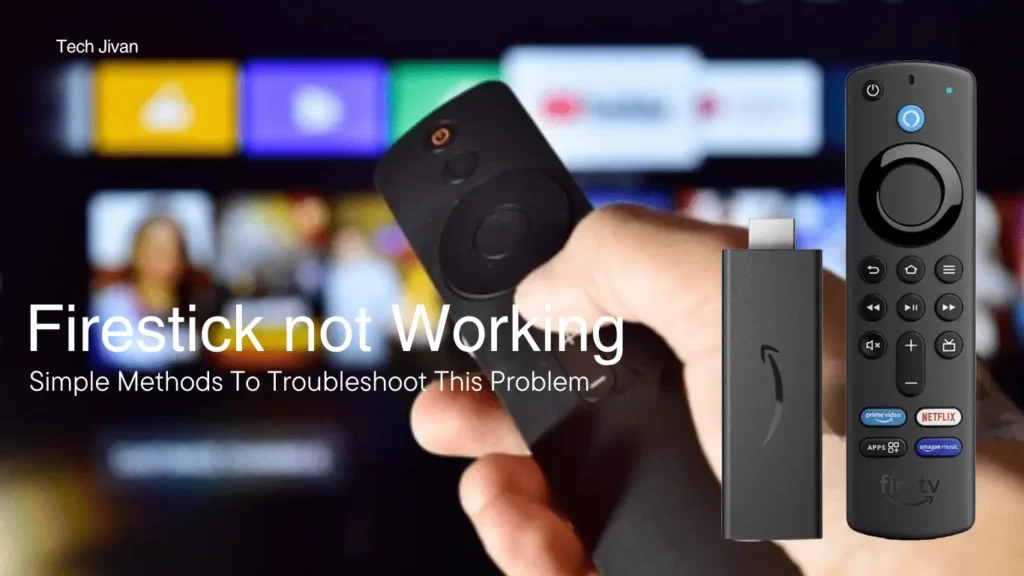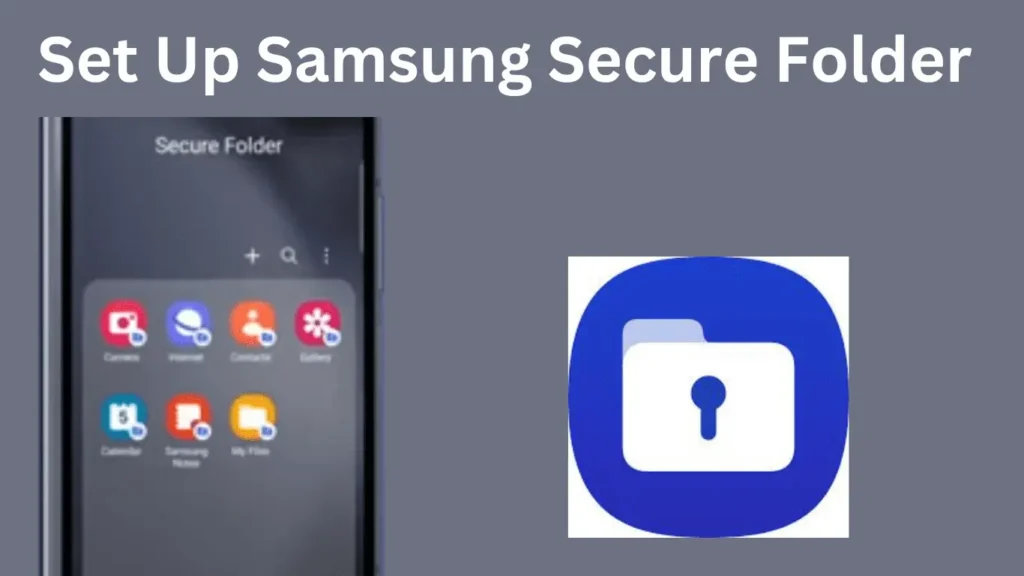
Table of Contents
Introduction
Curious why your Chromebook is running at a snail’s pace? It’s a common concern many users share when they encounter a sluggish performance on their digital companion.
Various factors can contribute to a Chromebook slowing down, leaving you wondering, “Why is my Chromebook so slow?”
Rest assured, on this page, we’ll explore the potential reasons behind this sluggishness and reveal practical techniques to boost its performance effectively.
Why Is My Chromebook So Slow?
Do you know the reason behind “Why is Chromebook so slow? There could be various reasons for its slow performance.
Mainly the Google updates may impact its speed. Also, sometimes a slow internet connection can hinder browsing. Installed extensions might also consume resources.
Running too many apps and programs simultaneously can overload the system.
Additionally, having numerous tabs open can strain its memory, background processes could be running, and Low disk storage may also affect the performance and slow down operations.
Damaged or corrupted hardware could be another culprit. Chrome OS itself might be running slow due to various factors. Identifying and addressing these issues can help improve your Chromebook’s speed.”
Read Also: Track and Trace The Power of Chromebook Location Tracking!
Here Are The Tips to Boost the Performance Of Your Chromebook
Here are some valuable tips to enhance the performance of your Chromebook if you’ve noticed it has become slower over time. We’ve provided Five different methods to address the slowdown issue. You can find these methods below:
Method 1: Open the Task Manager on Your Chromebook
Below are the steps to open and use the Task Manager on a Chromebook to identify and resolve performance issues:
1. To troubleshoot a slow Chromebook, use the Task Manager. To open it, press the “Search + Esc” keys simultaneously.
2. Once the Task Manager opens, you’ll see a list of running apps and extensions. Click on “Memory footprint” to check which ones use the most RAM. Then, switch to “CPU” to identify apps consuming excessive processing power.
Additionally, you can click on “Network” to see apps actively using the internet in the background. Identifying resource-hogging apps can help pinpoint the cause of the slow performance.
3. To address the problem, right-click on the troublesome app or extension and select “End Process” from the bottom-right corner. Repeat this for any other apps that are using resources abnormally.
If desired, uninstall these apps to improve your Chromebook’s speed further.
Method 2: Uninstall Unnecessary Apps and Extensions on Chromebook
Follow the steps given below to uninstall unnecessary apps and extensions on a Chromebook to improve performance:
1. Open the Chromebook App Launcher in the screen’s bottom-left corner.
2. Identify any apps causing CPU and memory spikes or that you rarely use. Right-click on these apps and select “Uninstall” from the menu. Repeat this process for all other infrequently used apps. Removing these apps will free up storage space and enhance your Chromebook’s overall speed.
3. If you have Linux apps installed on your Chromebook, access the “Linux apps” folder within the App Launcher. Right-click on any unwanted Linux app and choose “Uninstall.”
If the “Uninstall” option is unavailable, refer to our advanced guide on deleting such apps.
4. To remove irrelevant extensions, open the Chrome browser and locate the “Extensions” icon next to the address bar. Click on it, then select “Manage extensions” from the menu.
5. Review the list of the installed extensions on the extensions page and click “Remove” to uninstall any unnecessary extensions immediately.
Read Also: What Exactly is Matlab on a Chromebook?
Method 3: Free Up Storage If Your Chromebook is Running Slow
To free up storage on your Chromebook and improve its performance, follow the steps given below:
1. Begin by checking the available storage on your Chromebook. Open the Files app and click the three-dot menu in the top-right corner. Look for the available disk space displayed at the bottom of the menu.
2. Access the App Launcher and type “storage” in the search bar at the top. Then, click on “Storage management.”
3. In the “Storage management” section, you’ll find a list of apps and services using space on your Chromebook. Click on “My files” to open the Files app.
4. Now, delete any unnecessary files to free up space. If you want to keep specific files, consider moving them to Google Drive or a microSD card.
5. To reclaim additional storage, click on “Browsing Data.” This will allow you to clear your Chrome browsing history, cache, and cookies.
Select “Cached images and files” and change the Time Range to “All time” before clicking on “Clear Data.”
6. Lastly, navigate to “Apps and extensions” in the “Storage management” settings. This will display a list of web apps, Android apps, and extensions installed on your Chromebook.
Uninstall any apps or extensions you no longer need by clicking on them and selecting the “Uninstall” button.
Method 4: Reduce Disk Space For Linux on Your Chromebook
To optimize disk space on your Chromebook and either reduce Linux’s footprint or remove the installation entirely, follow these simple instructions:
1. Go to “Storage management” on your Chromebook and locate “Linux (Beta) storage.”
2. Open the Linux configuration page and click the “Change” button beside the “Disk Size” option.
3. Use the slider to decrease the storage allocated to Linux. If you rarely use Linux, reducing the space to 8GB should suffice without any problems.
4. If you no longer use Linux on your Chromebook, click the “Remove” button next to “Remove Linux for Chromebook.” This action will free up significant space and improve your Chromebook’s performance.
Method 5: Update or Downgrade Your Chromebook
To ensure your Chromebook is running smoothly, it’s essential to keep it updated. Google regularly releases Chrome OS updates with performance improvements.
If you’ve experienced any performance issues after a recent update, the latest update might resolve them. Let’s proceed with the update process:
1. First, locate the Quick Settings panel in the bottom-right corner of your Chromebook’s screen. It’s represented by a small icon that looks like a cogwheel. Click on this icon to access the Settings page.
2. In the Settings page, you’ll find a left sidebar. Look for and click on “About Chrome OS.”
3. Inside the “About Chrome OS” section, you’ll see an option labeled “Check for updates” in the right pane. Click on this option.
4. Your Chromebook will now initiate the search for any available updates. If an update is pending, it will be automatically downloaded and applied.
5. Once the update is downloaded and ready to be installed, you’ll be prompted to restart your Chromebook. Go ahead and restart the device to complete the update process.
Conclusion
This problem happens to many people; many people wonder why my Chromebook is running slow. So in this Article, we have given a solution for you.
Here we have shared five tips with you so that you can increase the performance of your Chromebook so that your Chromebook will become so fast from slow that you will not be able to believe it. I hope your problem is solved with our Article.





